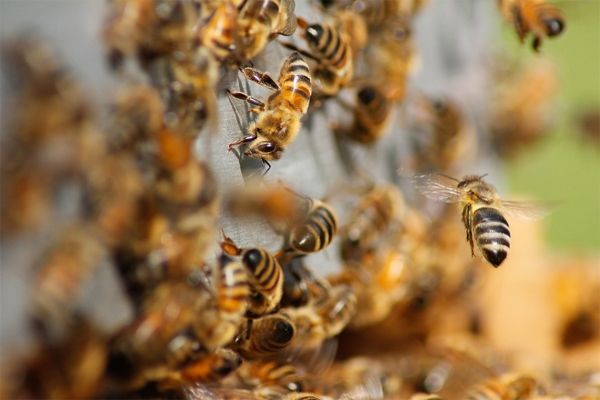Honeybees identify strangers in their midst using signals from the bacteria in the intruder’s digestive system, an international team of biologists has found.
The research, published recently in Science Advances, contributes to broader questions about the tools social animals use to distinguish between insiders and outsiders in their community.
“This idea of how an individual knows another individual, how they recognize whether they're like themselves or not, is a mystery,” says Professor Joel Levine, chair of biology at U of T Mississauga and one of the paper’s authors.
Many animals distinguish members and non-members of their pack, herd or flock using visual cues, scents, behaviours, genetic relationships and other factors.
Continue reading at University of Toronto.
Image via Damien Tupinier via Unsplash.


